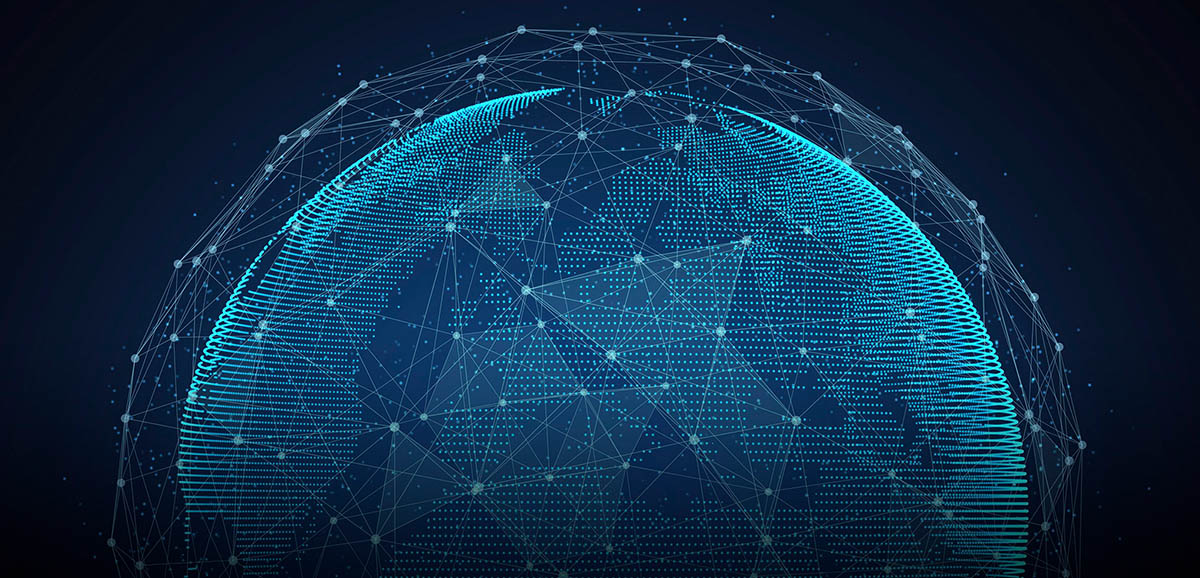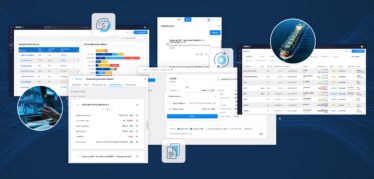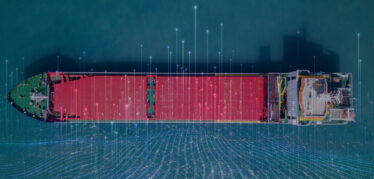In part one of this blog series on data standards and connectivity, we addressed why there is a need for data standardization in the maritime industry, requirements for achieving “standards,” and benefits that it offers to different maritime professionals.
In part two, we will address the current state of the maritime industry as it relates to connectivity and standardization, as well as how to optimize current business processes while also innovating towards a more efficient, integrated future.
Challenges of Maritime Technology Today
The reality of doing business in the maritime industry today is that email still reigns king as the primary method of both internal and external communications. Email is convenient, wide-spread, and easy to use. It is how most of the industry receives information. As a data source however, email is inherently unstructured, non-standard, and impossible to scale.
Digital systems have largely transformed the way maritime companies operate internally as they orchestrate marine freight contracts – moving them through the lifecycle and managing their business across internal roles. However, email and other siloed means of sharing data still stand between where we are now and a world where direct data sharing is possible – especially for external communications with counterparties and providers across the industry.
Currently, information from email and other disparate sources must be manually entered into a digital system in order to keep it up to date. This is also the case for forms, quotes, contracts etc., which often vary in format and content. Inconsistencies in the industry regarding port names, terminal names, berths, vessel and barge particulars, ETA calculations, and more make it even more difficult to exchange data because data from different sources do not match up.
In the future, technological developments will enable direct sharing of information between connected systems. With the proper tools and data standards, business can be transacted in real-time, processing data in a structured, scalable, actionable way. However, we aren’t there yet. We must first address roadblocks to communication and data sharing that exist in the commercial maritime space today.
Roadmap to Direct Digital Connection
This contextual assistance is the next step on the journey to direct digital connection. In the future – thanks to the help of APIs – all emails, forms, and events will be automatically pulled into one common digital inbox that is merged with voyage and cargo information within a digital system such as the Veson IMOS Platform. This type of tool provides a more standardized framework from which to analyze data and inform actionable business insights.
Eventually, disparate data sources like emails and forms will no longer be necessary, and direct data sharing will cut out the significant amount of time and resources currently wasted due to inefficiencies in process. This will enable maritime professionals across the industry to work smarter, resulting in benefits such as:
- Tonnage Charterers will be able to eliminate manual input and systematize reporting
- Freight & Demurrage Analysts will be able to spend more time on cost management and less time digging around for the correct information
- Vessel Charterers will be able to spend more time doing the analysis required to increase margins and less time doing manual tasks and pre-work
- Voyage Operators will be able to operate vessels in the most profitable manner and provide visibility to the client with automated sharing of voyage event data.
At Veson Nautical, we believe we can solve the industry’s greatest challenges through collaboration with our clients and partners. By collaborating with industry stakeholders, we can create the best solutions for the way we operate today while also laying the foundation for a sustainable and successful future.
We have begun to lay the groundwork for data standardization and connectivity by working with industry participants on both the owner/operator and tonnage charterer verticals. In doing so, we have defined the current and future state of the industry, identified three key areas that are in most need of data standardization, and established short- and long-term next steps. Read more in our Data Standardization & Connectivity Takeaway Guide.



 Josh Luby
Josh Luby
 Ayodele Fashakin
Ayodele Fashakin
 Ben Thurecht
Ben Thurecht